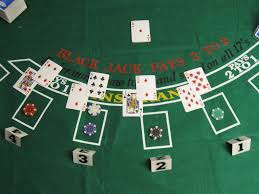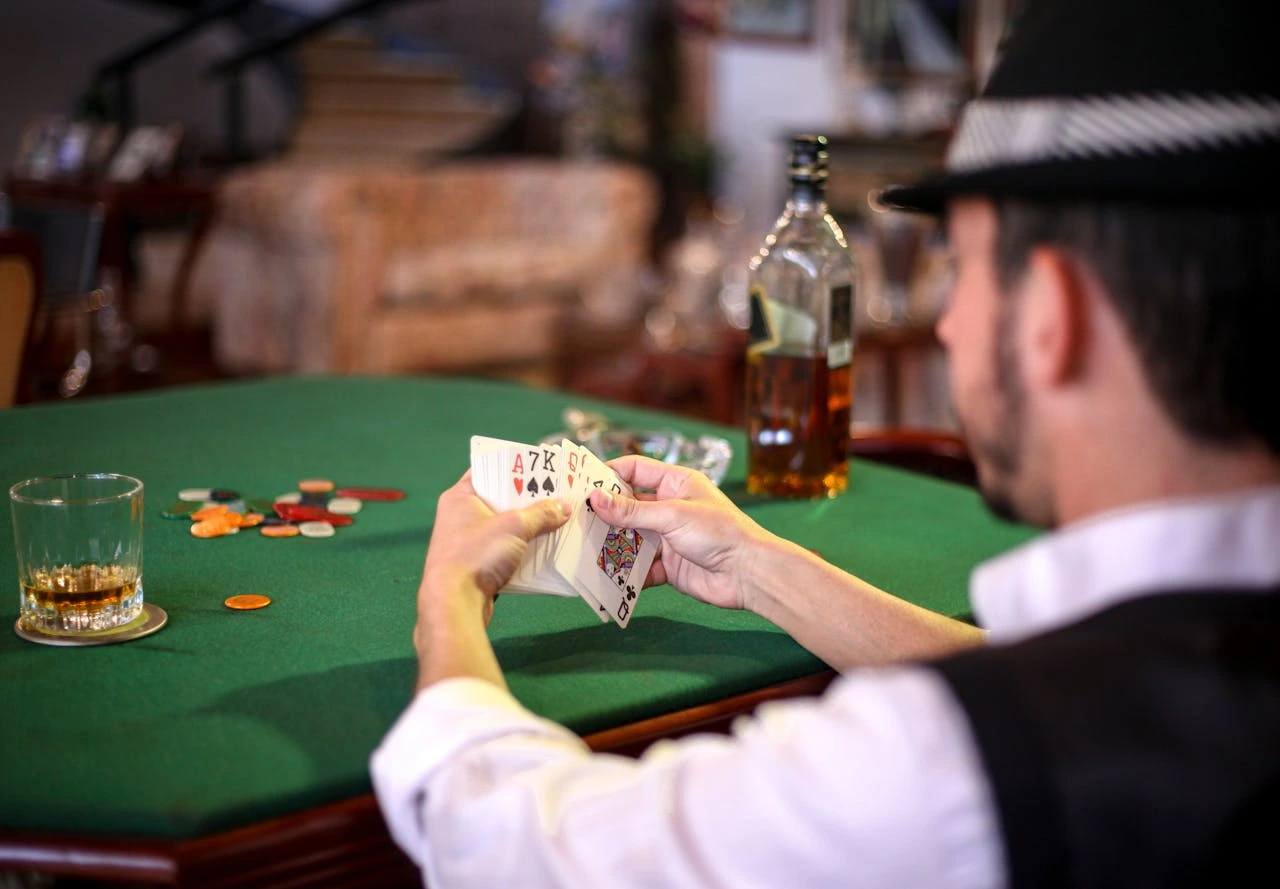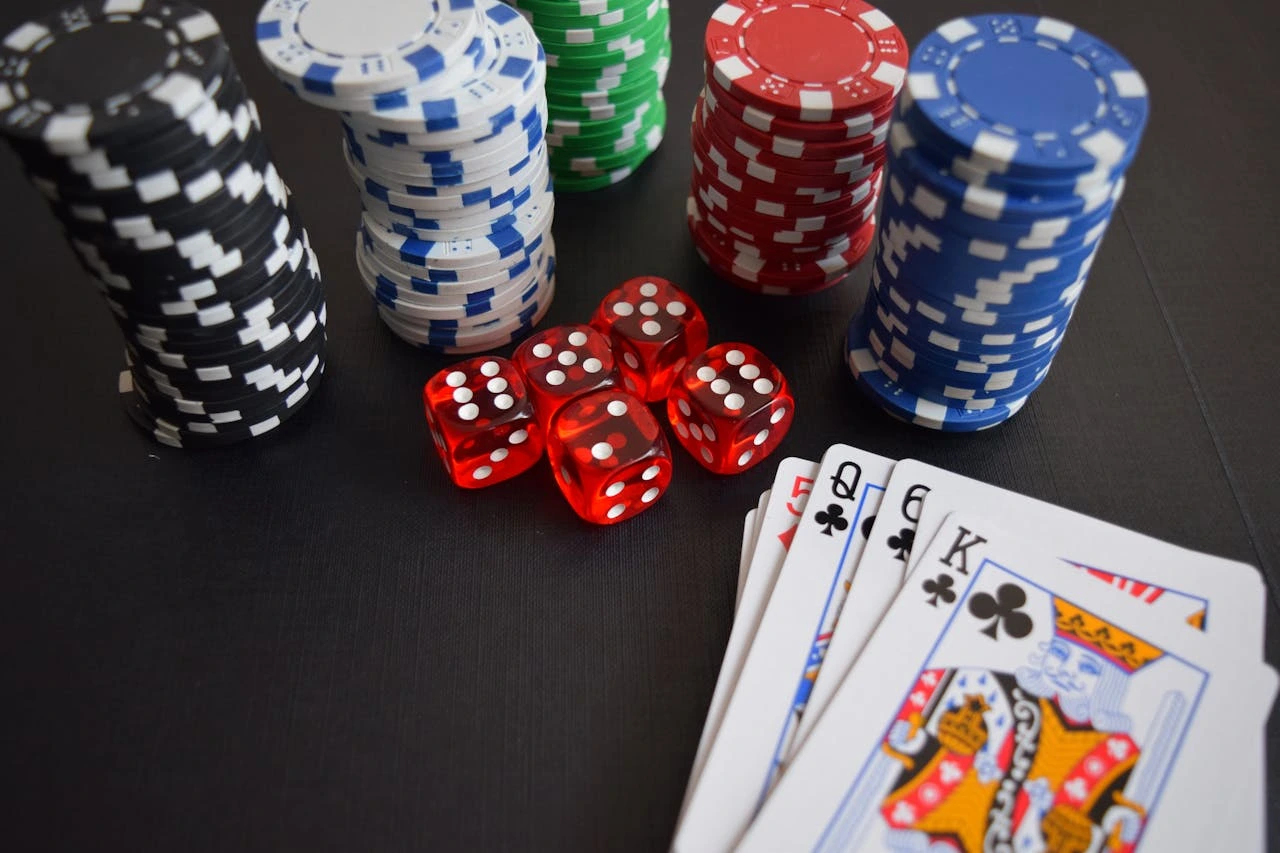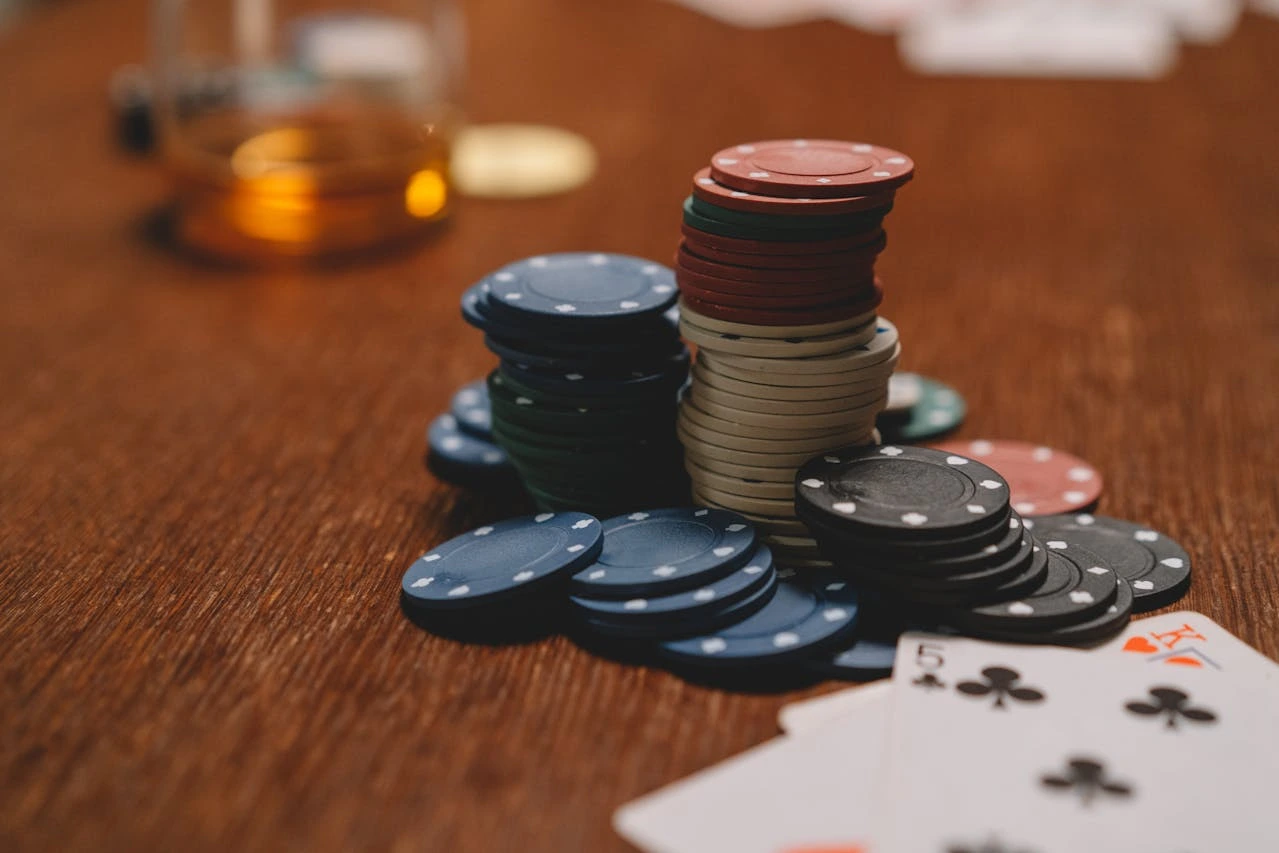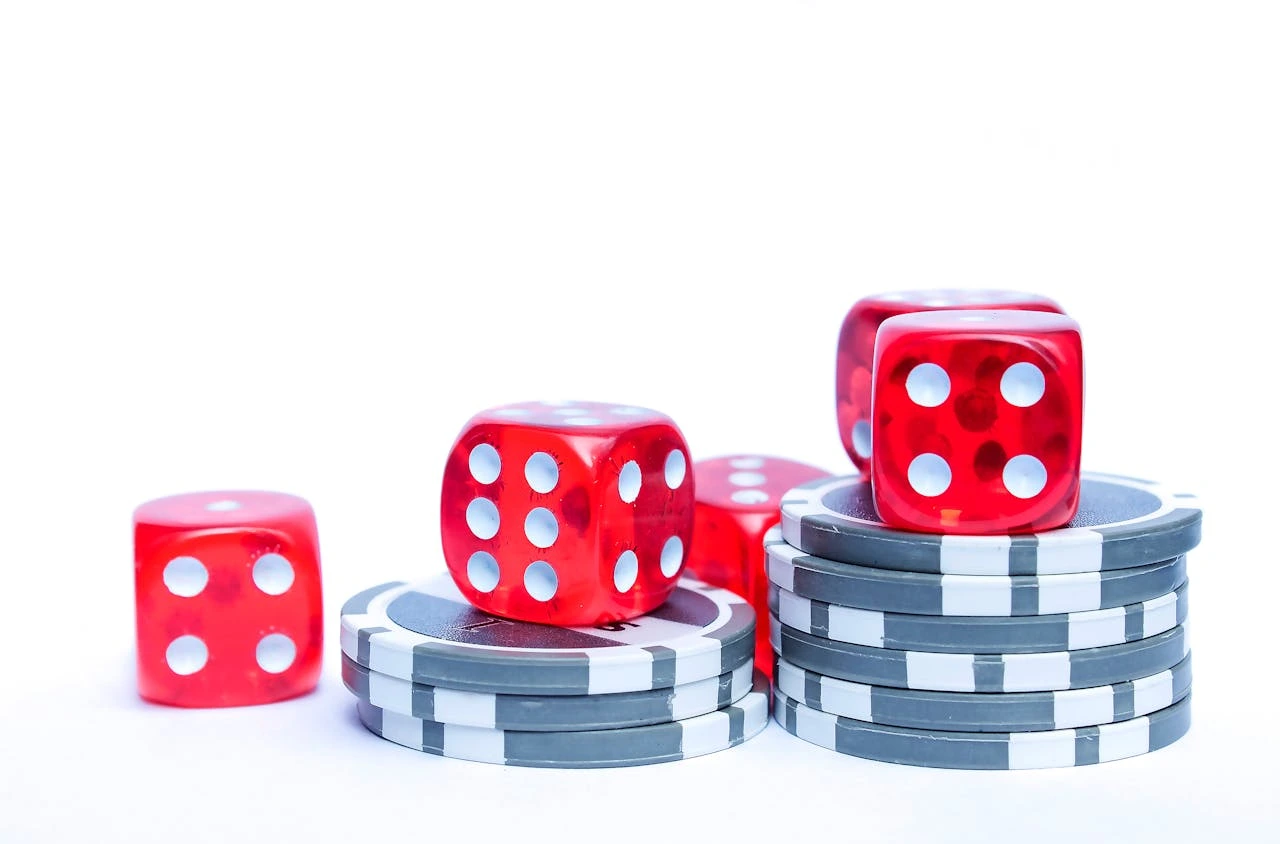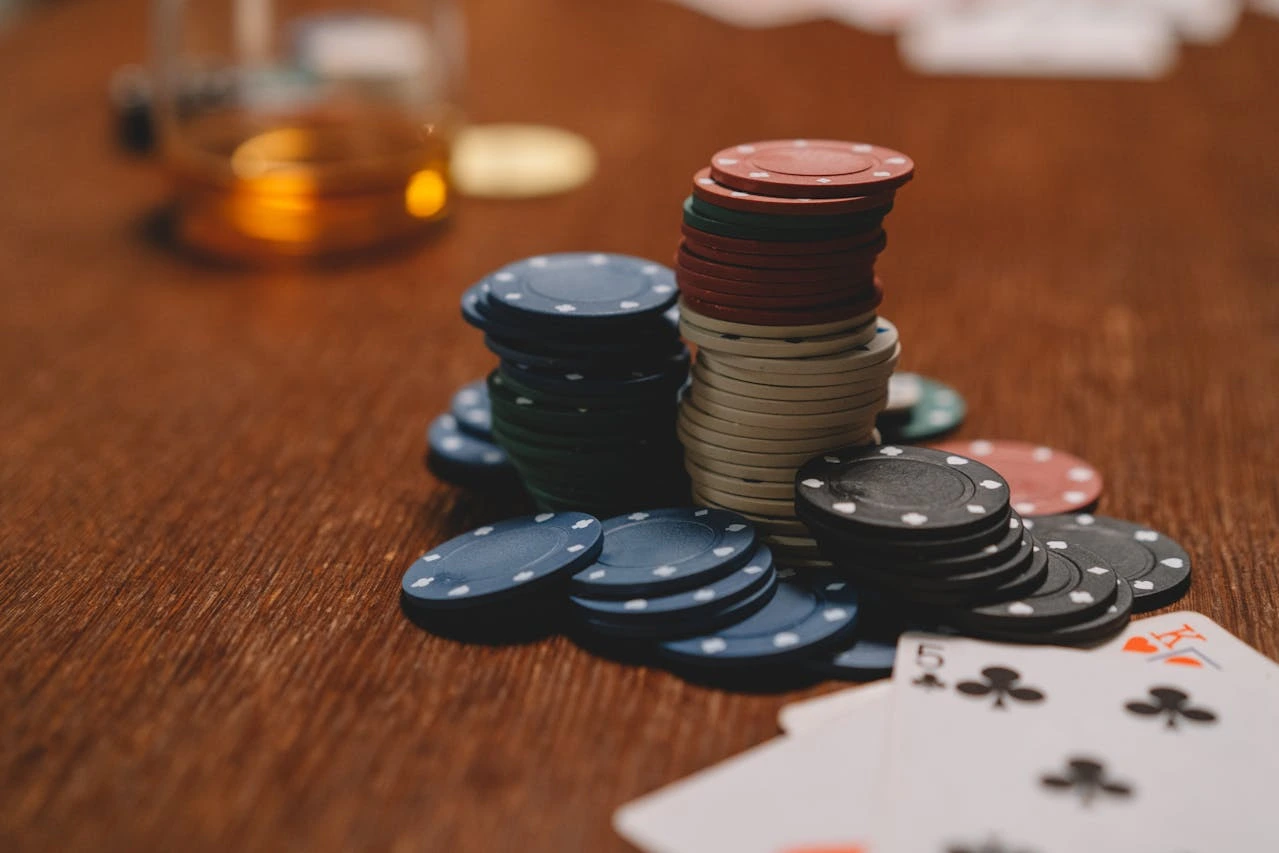Blackjack is one of the most popular casino card games, known for its blend of luck, skill, and strategy. The objective of the game is simple: beat the dealer by having a hand value closer to 21 than theirs, without going over. While luck plays a role, players can increase their chances of winning by mastering the rules, understanding strategy, and practicing good bankroll management. If you’re looking to master blackjack and improve your odds, here’s a guide with helpful tips and strategies to take your game to the next level.
Understand the Rules
Before diving into strategies, it’s essential to thoroughly understand the basic rules of Blackjack. In most Blackjack games, you are dealt two cards and can choose from several options:
- Hit: Take an additional card.
- Stand: Keep your current hand and end your turn.
- Double Down: Double your bet and take exactly one more card.
- Split: If you have two cards of the same rank, you can split them into two hands and continue playing each hand separately.
- Surrender: Some casinos allow you to forfeit your hand and receive half your bet back.
The value of your hand is calculated by adding the point values of your cards. Number cards are worth their face value, face cards (King, Queen, Jack) are worth 10 points, and Aces can be worth either 1 or 11 points, depending on which value benefits your hand.
Learn Basic Blackjack Strategy
Mastering basic strategy is crucial in Blackjack. This strategy is a mathematically proven system that tells you the best move to make based on the cards you have and the dealer’s upcard. It helps you minimize the house edge and make the most optimal decisions. Some common moves you should know:
- When to Hit or Stand: Generally, if your hand totals between 12 and 16, you should stand if the dealer has a 2-6 (dealer’s bust cards). If the dealer has a 7 or higher, you should hit to try and improve your hand.
- When to Double Down: Double down when you have a total of 11 (unless the dealer has an Ace). You should also consider doubling down on 10 if the dealer has a weaker upcard (2-9).
- When to Split: Always split Aces and 8s. Do not split 10s or face cards, as these are strong hands on their own.
- When to Surrender: Surrender if you have a total of 16 and the dealer has a 9, 10, or Ace, as these are strong dealer hands.
Master Card Counting
Card counting is a strategy used by advanced players to keep track of the ratio of high cards to low cards left in the deck. The idea is that when there are more high cards (10s and Aces) remaining, the player has a better chance of getting a blackjack or a strong hand. While card counting is not illegal, it is frowned upon by casinos, and they may ask you to leave if they suspect you are counting cards.
The most common system for card counting is the Hi-Lo system, which works as follows:
- Assign values to each card: 2-6 = +1, 7-9 = 0, 10-Ace = -1.
- Keep a “running count” as cards are dealt. Add or subtract based on the cards shown.
- The higher the positive count, the more high cards are left in the deck, and the more favorable the odds are for you.
- You can adjust your bets based on the count, betting higher when the deck is favorable and lowering your bets when the count is negative.
Manage Your Bankroll
One of the most important aspects of mastering Blackjack is effective bankroll management. No matter how good your strategy is, it’s essential to manage your funds wisely to avoid going broke. Here are some tips to help you stay in control:
- Set a Budget: Determine how much money you are willing to risk before you start playing. Stick to this budget, and never bet more than you can afford to lose.
- Use Betting Units: Instead of betting large amounts on a single hand, break your bankroll into smaller units. For example, if you have $500, consider using $25 per hand. This helps to prolong your gameplay and mitigate the risks of losing everything too quickly.
- Know When to Walk Away: Both when you’re winning and losing, it’s crucial to know when to walk away from the table. If you’re ahead, set a profit goal and leave once you’ve hit it. If you’re losing, don’t chase your losses; take a break and return another day.
Practice Regularly
Like any skill, practice is essential to mastering Blackjack. Many online casinos offer free-to-play Blackjack games where you can practice without risking real money. These practice sessions will help you refine your strategy, improve your decision-making, and get more comfortable with the game.
Know When to Play and Where
Not all Blackjack games are created equal. Pay attention to the rules of the specific table or casino you’re playing at. Some variations may offer different payout structures or side bets, which can increase the house edge. In general, you should look for tables with:
- Blackjack payout of 3:2 (not 6:5)
- Dealer stands on soft 17 (rather than hitting)
- Ability to double down on any two cards
- Rules that allow you to surrender early
7. Conclusion
Mastering Blackjack requires a combination of strategy, skill, and discipline. By understanding the basic rules, learning the best strategies, practicing regularly, and managing your bankroll, you can significantly improve your chances of success at the table. While there’s no way to guarantee a win, following these tips and strategies will put you in the best possible position to beat the dealer and maximize your winnings. Happy playing, and remember to enjoy the game!



